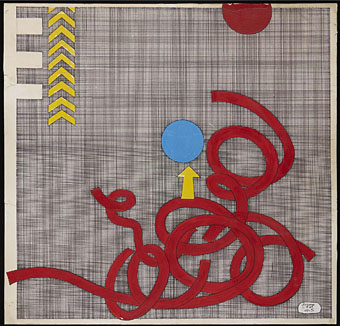
Opus 5 (1968).
It’s dismaying to learn that Alberto Solsona, the creator of the wonderful Agar-Agar, was only 41 when he died in 1988. It’s also a little disappointing to discover that his work for comics is the least part of an artistic career begun in the late 1960s; I’d been hoping there might be other work in the same style. Solsona’s early paintings are very much in the Pop Art sphere which makes them more attractive to me than his later shift into a form of Abstract Expressionism. Between painting he was working as a book illustrator and a comic artist in magazines for children. Among the examples of the latter the page from Strong (1971) is the closest to Agar-Agar, unsurprisingly when they both date from the same period. This museum page has examples of many more paintings and prints.
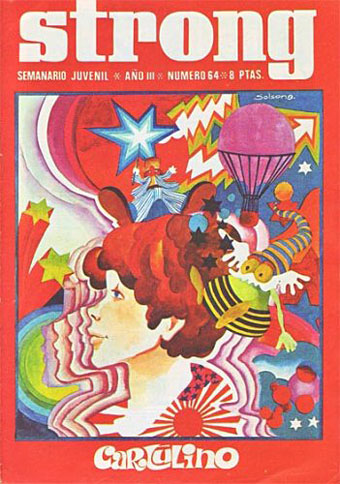
Strong (1971).
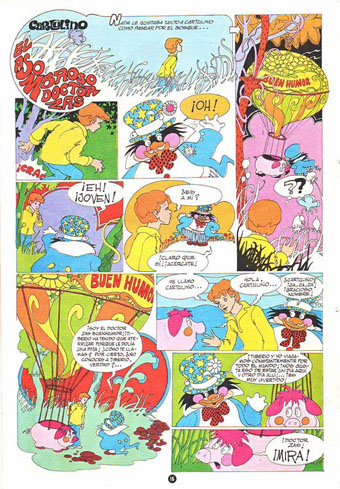
El asombroso doctor Zas (1971).
Solsona also had a humorous strip about King Arthur in Strong but I prefer the drawing style in this one, yet another example of the diluted psychedelic graphics that filtered into children’s stories in the early 70s. (See this post.)
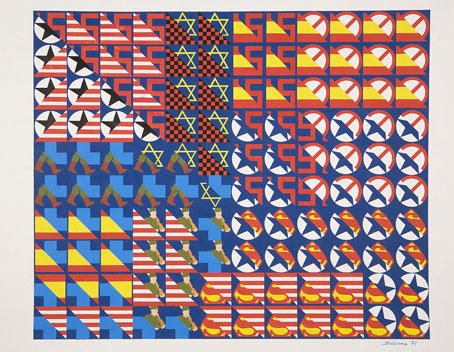
Símbolos (1971).
Not very surprising seeing American symbols mixed with swastikas—the war in Vietnam provoked many such responses—but I wonder how much of a risk it was to do the same with the Spanish flag when the Franco regime was still in power. This painting also refers to Superman, a character that Agar-Agar takes a dig at.
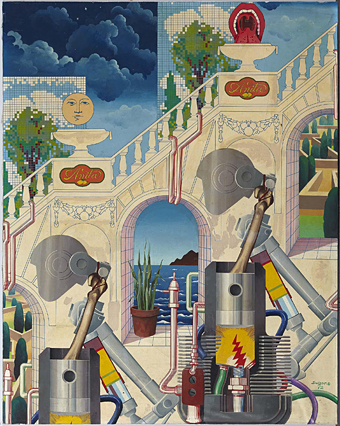
El telón (1972).
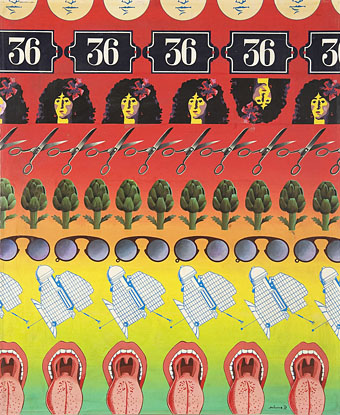
Duquesa de Alba (1972).
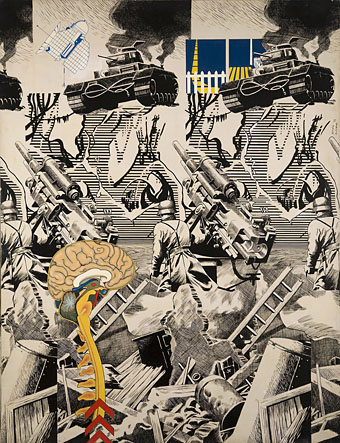
Hazañas bélicas (1972).
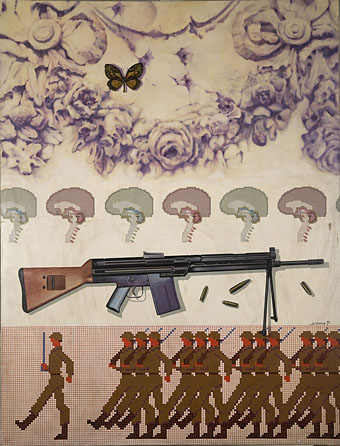
El arte de la guerra (1973).
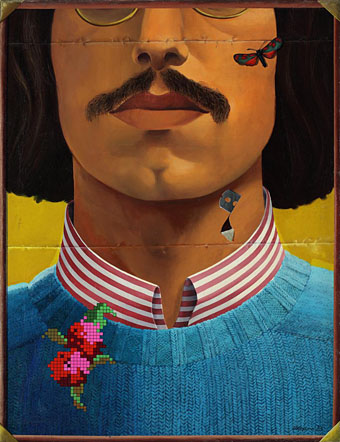
Autorretrato (1973).
A self-portrait.
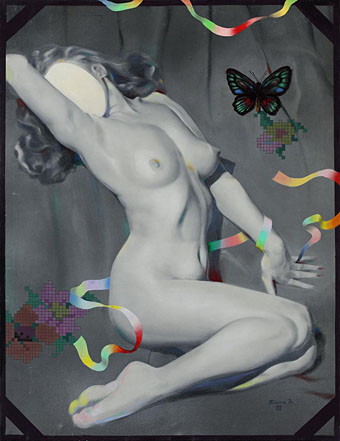
Retrato de una desconocida (1975).
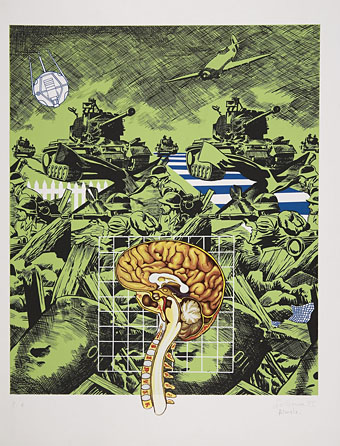
Hazañas bélicas (1975).
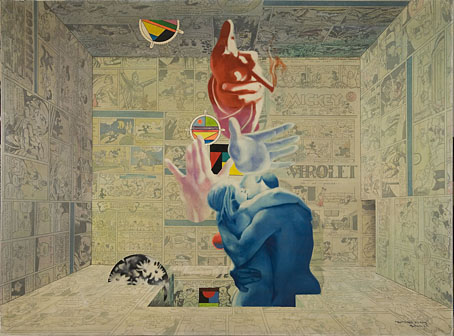
Nada que decir (1976).
Previously on { feuilleton }
• The Dracula Annual
